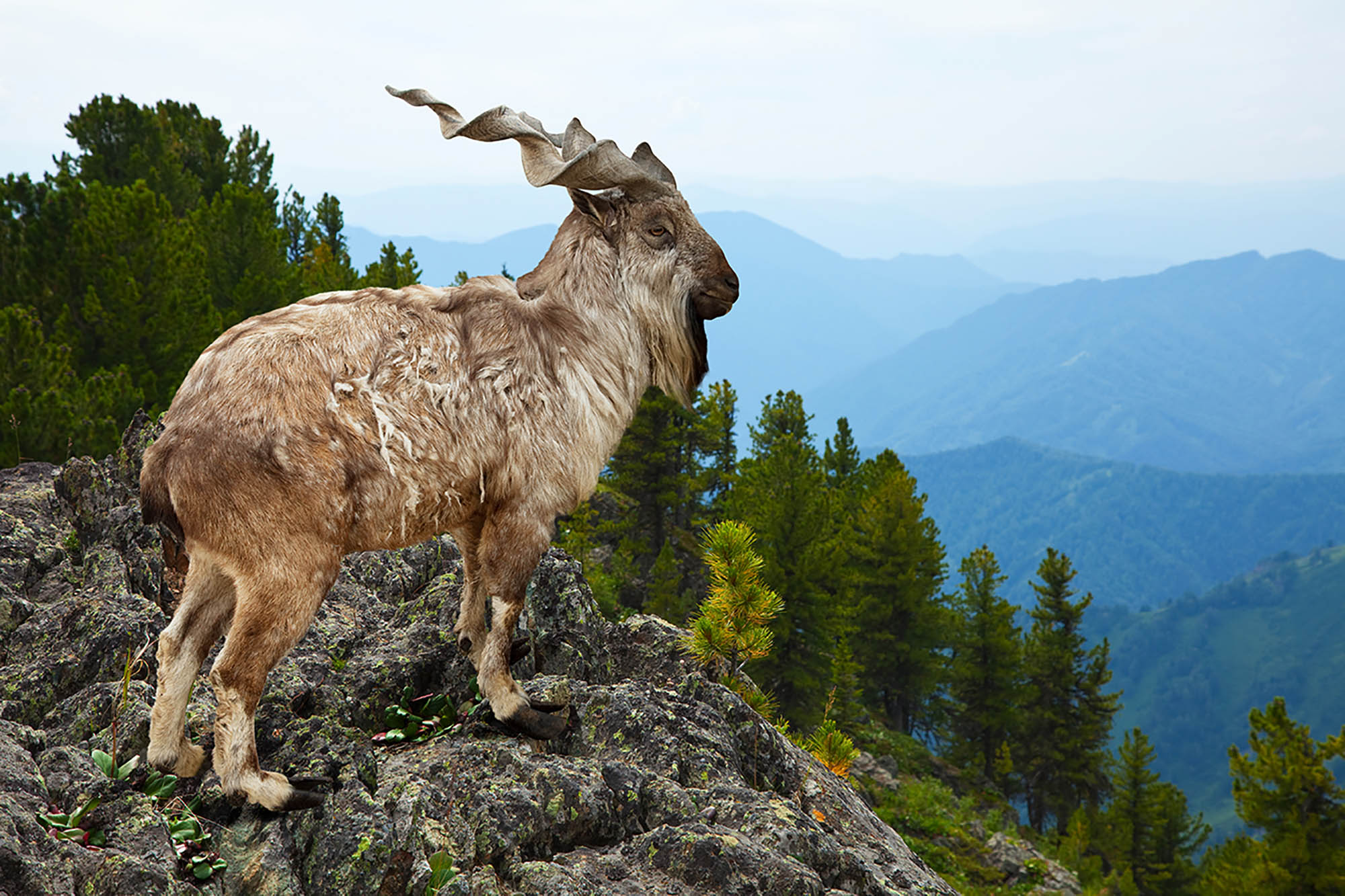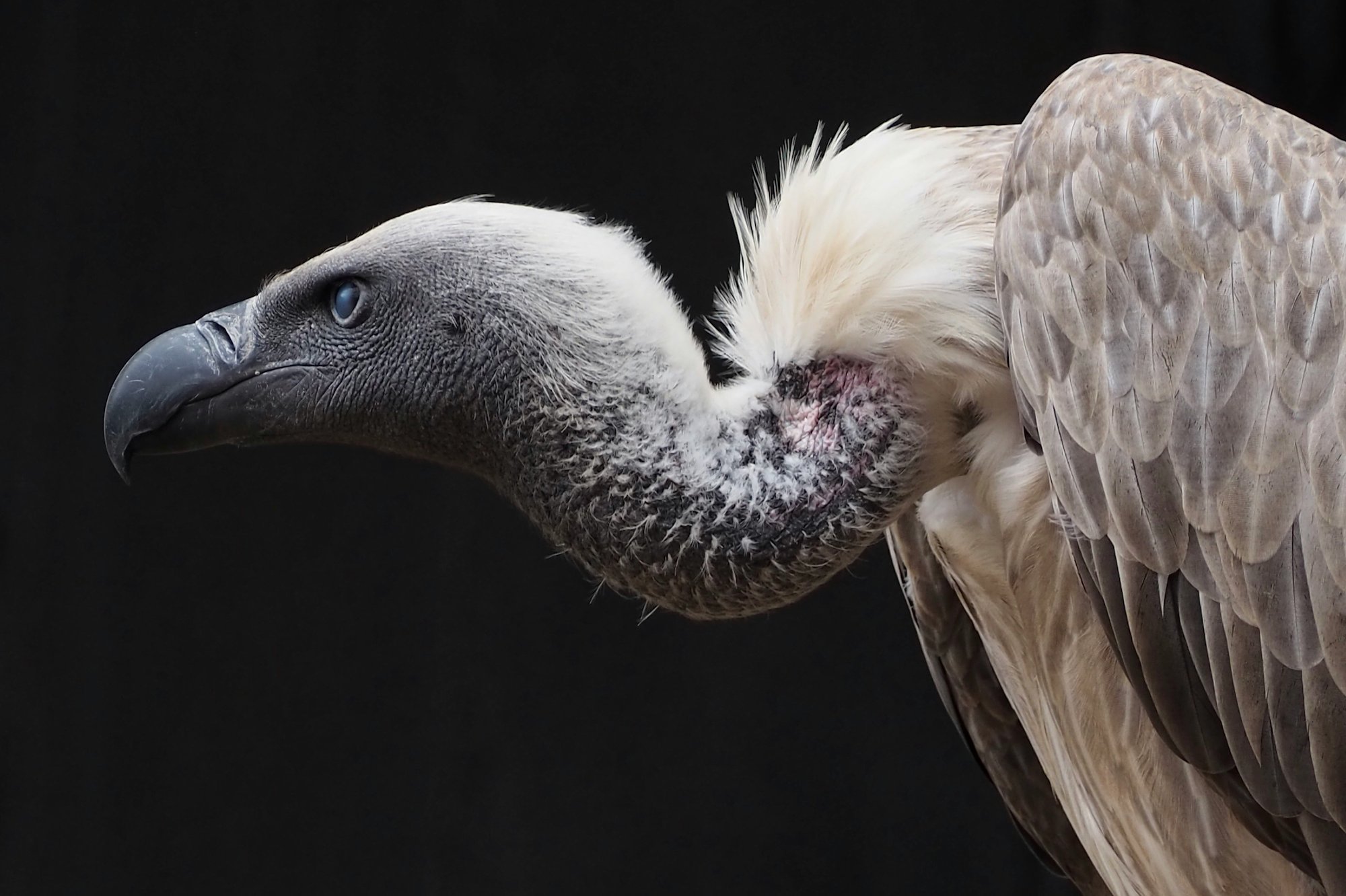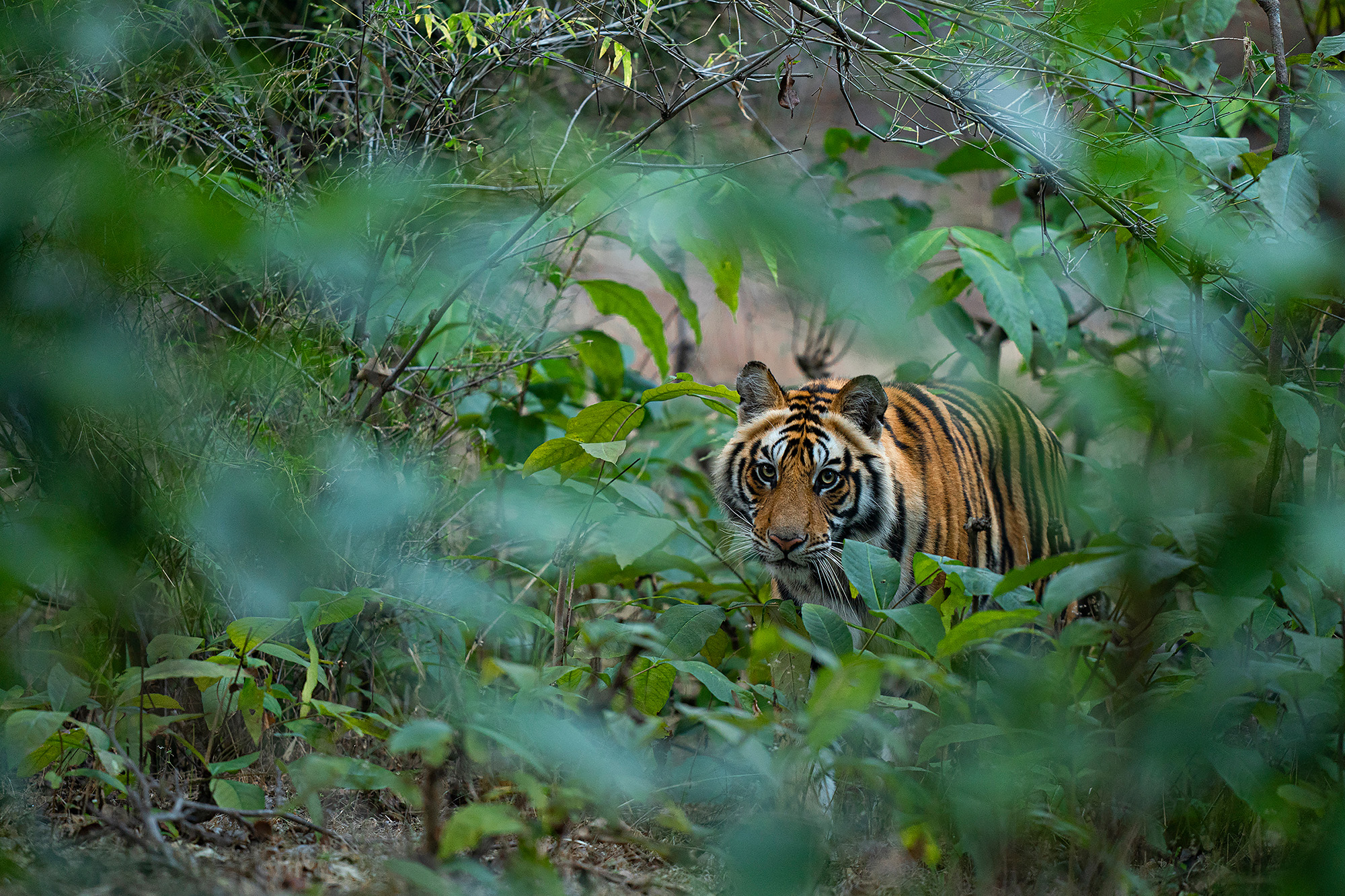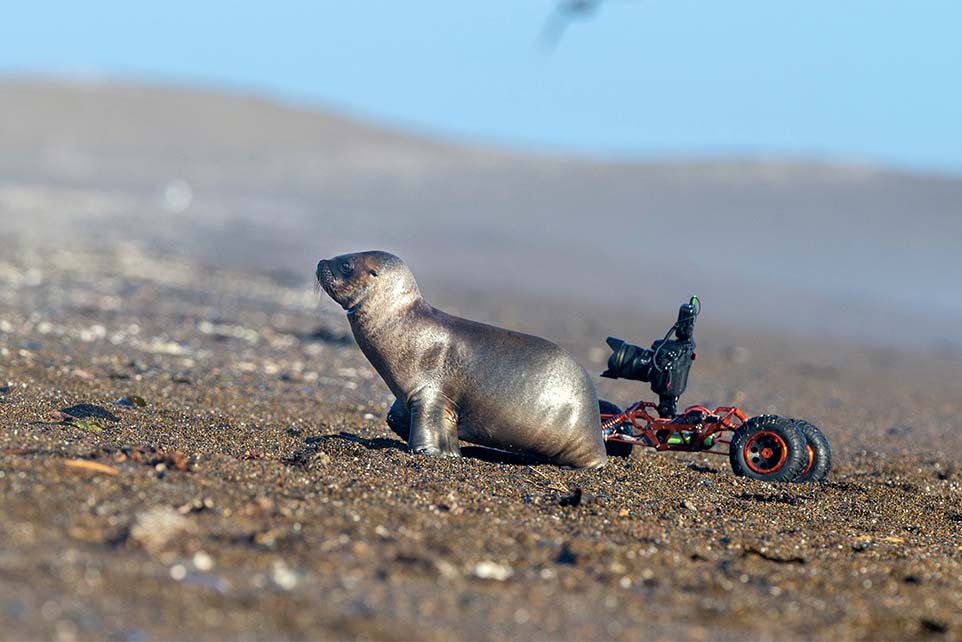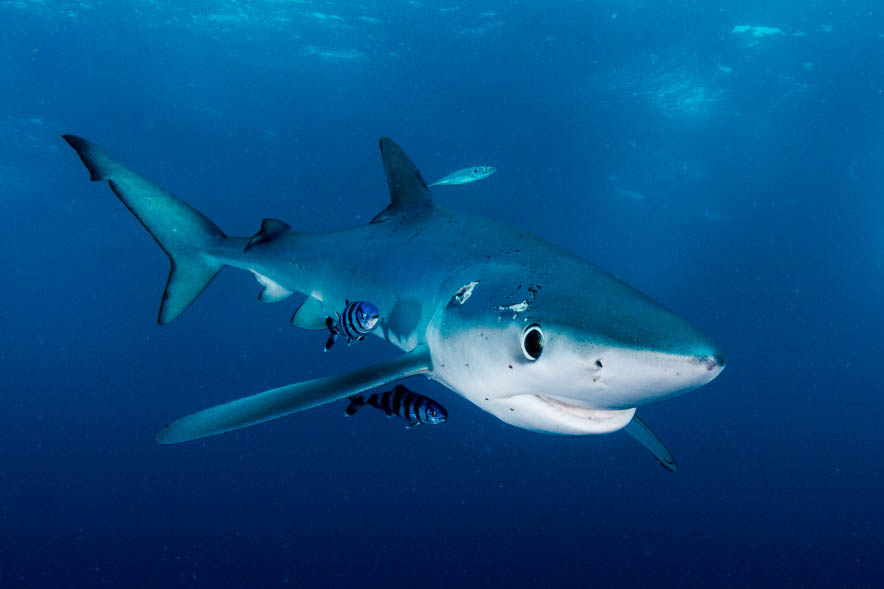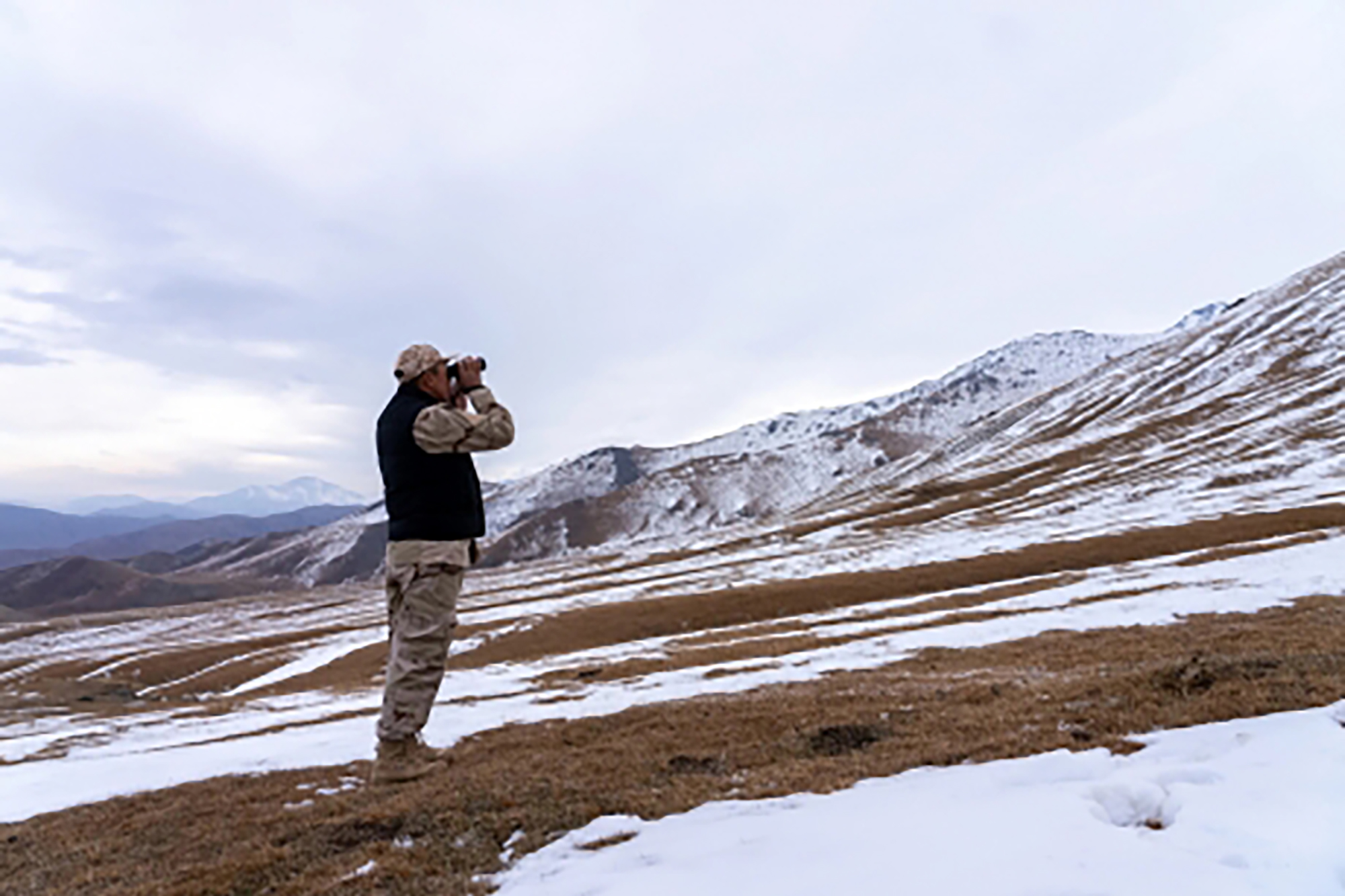Diego, Hilda, Juan, and their son Hugo are farmers in Comandante Andresito, Argentina, where together they face the same challenge, living alongside jaguars, known as 'yaguareté' in the region. These large felines, significant in indigenous culture, have seen their population decline by 50% since the 19th century, largely due to habitat loss and conflict with livestock farmers. In Argentina, the situation is even more dire. It’s estimated that 95 percent of the jaguar's original habitat has been lost. To alleviate these issues, a protection insurance program was introduced, providing farmers with financial compensation and technical support following confirmed jaguar attacks.
Wildlife
Did you know that the United Nations declared 2024 the International Year of Camelids? The Year highlighted how camelids are key to the livelihoods of millions of households in hostile environments across over 90 countries, particularly Indigenous Peoples and local communities. The International Year of Camelids 2024 built awareness of the untapped potential of camelids and called for increased investment in the camelid sector, advocating for greater research, capacity development, and the use of innovative practices and technologies. But this is just the beginning. We must continue to champion the vital role of camelids in livelihoods and push for greater investment in the sector. Now you can see the camelids in 3D and learn how they help sustain communities living in challenging environments.
On 24 May, the world observes the International Day of the Markhor. This celebration honours the majestic wild goat native to the mountainous regions of Central and South Asia. Known for its impressive corkscrew-shaped horns, the markhor holds significant ecological, cultural, and economic value for local communities. With an estimated global population of just 5,700 mature individuals, the markhor is under threat from habitat loss, illegal hunting, and climate change. The United Nations encourages international and regional cooperation to support conservation efforts for this iconic species.
Chipo Munsaka explains her first name means "a gift for conserving wildlife," which sums up her commitment to addressing conflicts between humans and wildlife. Chipo works as a Resource Monitor in northern Zimbabwe with the Mucheni Community Conservancy, which is being established by the Sustainable Wildlife Management (SWM) Programme. Populations of many wildlife species in Zimbabwe have been declining over the last 30 years due to droughts, habitat loss, poaching, and the sale of wildlife products. The SWM Programme supports community conservancies to improve land use planning and promote wildlife corridors to reduce conflict and create benefits for communities that coexist with wildlife.
The United Nations declared February 10 as the Day of the Arabian Leopard to raise global awareness and spur conservation efforts for this critically endangered subspecies. With fewer than 200 individuals remaining, the Arabian leopard faces threats from habitat loss, urbanization, overgrazing, poaching, and the illegal wildlife trade. By designating the species as a flagship for regional biodiversity conservation, the UN encourages enhanced cooperation among stakeholders, as part of a broader initiative under the UN Decade on Ecosystem Restoration to protect our planet's fragile ecosystems.
Wild tigers have a crucial place in Asian landscapes and biodiversity and act as both an umbrella and indicator species, protecting the wider ecosystem and indicating a healthy environment.
Over the past 12 years, tiger populations have begun to rise in 5 countries – increasing for the first time in over a century. With effective, collaborative conservation, evidence shows tiger numbers can recover.
As part of the solution, fighting for a future with tigers, the Tiger Conservation Coalition brings together leading biologists and experts in wildlife crime, human-wildlife coexistence, policy, finance, development and communications, with unprecedented alignment on achieving tiger conservation at scale. Its member organisations include IUCN, the Environmental Investigation Agency; Fauna & Flora; Natural State; Panthera; TRAFFIC; UNDP; the Wildlife Conservation Society; WWF and ZSL.
We cannot be without biodiversity. We are part of the complex web of life, and biodiversity is a part of us. Biodiversity describes the wide range of life forms on Earth, from genes to entire ecosystems. It encompasses the processes that maintain life, including evolution, ecology, and climate stability. Biodiversity incorporates all living beings - from humans to microbes and fungi. Recognizing the imperative to protect the natural world, the world came together in December 2022 where 196 countries signed the Kunming-Montreal Global Biodiversity Framework, known as The Biodiversity Plan. This is nothing less than a plan for humanity to restore its balance with the natural environment for a nature positive future. Responding in a bolder, more ambitious way than ever before, the newly launched Nature Pledge is UNDP's commitment to support governments to meet the goals and targets of The Biodiversity Plan and secure a nature-positive future.
Bees and other pollinators are essential for our existence, sustaining agriculture and biodiversity worldwide. Over 20,000 species of bees and other wild pollinators face challenges from human activities, such as habitat loss, pesticide use, and climate change. Highlighting the pivotal role that youth can play in addressing challenges bees and other pollinators are facing, World Bee Day 2024 focuses on the theme "Bee engaged with Youth." This theme recognizes the importance of involving young people in beekeeping and pollinator conservation efforts, as the future stewards of our environment.
World Migratory Bird Day (11 May) works to increase the level of awareness about the threats – both general and specific – that birds are facing. In the vast expanse of the Rift Valley/Red Sea flyway, where azure waters meet golden sands, over 1.5 million birds – representing 37 species, five of whom are globally threatened - take flight each year. Among them are species on the brink of extinction, their survival hanging in the balance. Against the backdrop of this natural wonder, human activities have cast a shadow of threat upon these winged travelers. This story highlights a Global Environment Facility-financed project led by UNDP Jordan.
In Asia's forests, tigers are endangered due to habitat loss, poaching, illegal wildlife trade, and human-wildlife conflict, warns the United Nations Development Programme (UNDP). Despite these challenges, tiger populations have started to rise in five countries, including India, Bhutan, and Nepal. The Royal Government of Bhutan is hosting the Sustainable Finance for Tiger Landscapes conference to catalyze $1 billion for tiger conservation and innovative fiscal models to support investments in tiger landscapes.
This year's World Wildlife Day (3 March), under the theme “Connecting People and Planet: Exploring Digital Innovation in Wildlife Conservation”, focuses on how digital technologies can drive wildlife conservation, sustainable and legal wildlife trade, and human-wildlife coexistence. While technological advancements have significantly improved various aspects of wildlife conservation, including research, communication, tracking, and DNA analysis, challenges such as uneven internet access, environmental pollution, and unsustainable technology use impede achieving universal digital inclusion by 2030.
The first edition, State of the world’s migratory species report, underscores the urgent need for international cooperation to address the alarming population declines and extinction risks facing migratory species.
In Kyrgyzstan's Tien-Shan mountains, locals work as community rangers to protect the Baiboosun Nature Reserve. This micro-reserve conserves local flora and fauna, including the elusive snow leopard and ibex populations. Since its establishment, sustainable tourism and green businesses have emerged, offering economic opportunities to the community such as running guest houses, producing cheese and crafting felt souvenirs. The Baiboosun Nature Reserve is part of a multi-country initiative to restore ecosystems in mountain regions, coordinated by the United Nations Environment Programme (UNEP), the Mountain Partnership Secretariat of the Food and Agriculture Organization of the United Nations (FAO), and the Carpathian Convention.
This episode of the Weekly Tradecast looks at the illegal wildlife trade with David Vivas, a United Nations Conference on Trade and Development (UNCTAD) legal officer working on trade and environmental issues.
Every year, huge numbers of animals and plants are bought and sold illicitly as food, medicine, clothing, furniture and even musical instruments.
Wildlife is big business. The illegal trade is estimated to be worth at least $7 billion but it could be much larger.
Trafficking is driving some species – especially rhinos, elephants, tigers, lions and pangolins – towards extinction. Many others are at risk.
Image credit: UNCTAD
March 3 is World Wildlife Day and also marks the 50th anniversary of CITES. People everywhere rely on wildlife and biodiversity-based resources to meet all our needs, from food, to fuel, medicines, housing, and clothing. Millions of people rely on nature as the source of their livelihoods and economic opportunities. But more than our needs, nature has proven to be essential for our mental health too.



